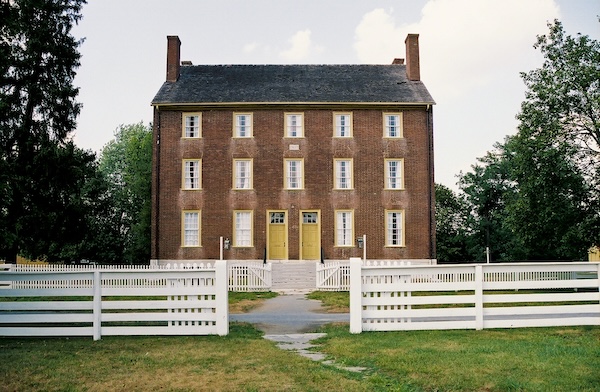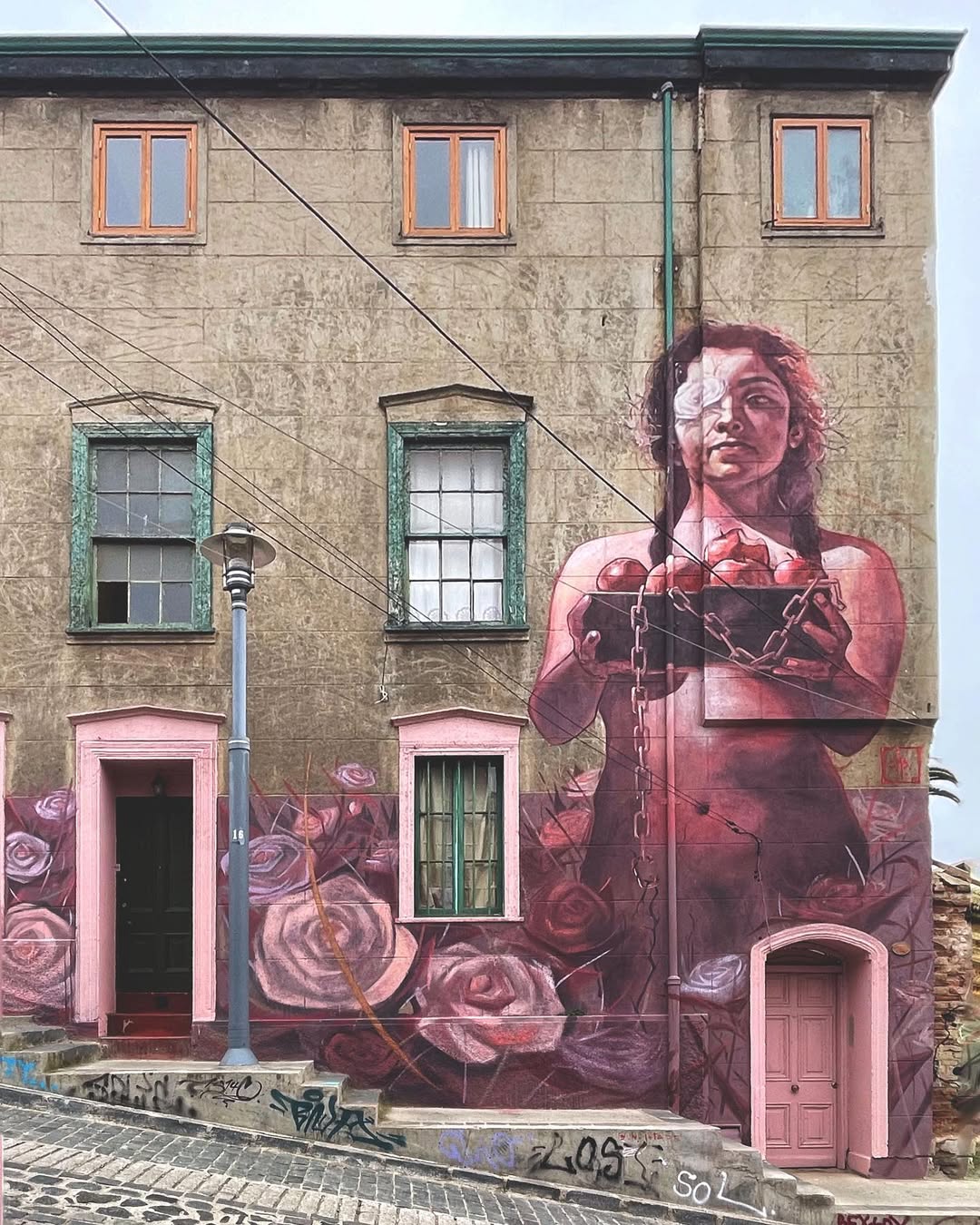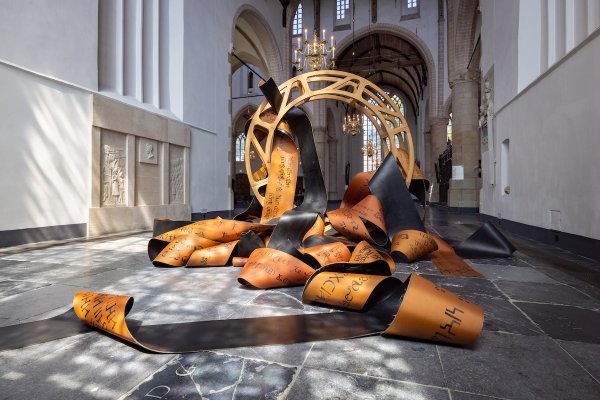
Wrestling with God and Men
In Genesis 32:22-32 the story is told of Jacob’s return to the country of his birth. At the border near the River Jabbok he learns that Esau, from whom he had fled after grasping his birthright from him, is coming towards him with an army of 400 men. Jacob then lets his wives and children and all his cattle and servants cross the Jabbok at a ford and stays behind all alone. Suddenly he is attacked by a mysterious figure who wrestles with him through the night.
Who is this ‘man,’ as he is first called, who takes attacks him and does not let go of him until the night is over? Is it a man of flesh and blood, nothing more than a raider? Or is it the evil spirit of Esau or the demon of his own fear and bad conscience who is assaulting him? Or is it an angel of God who comes to demand an explanation of his deeds or maybe all of this in one?!
Friso ten Holt draws this figure as a mythical representation with the wings of an angel, the legs of a human being, but with arms and hands that rather resemble those of an animal. Especially his lowest hand looks like the claw of a beast. Most striking however is that he has two heads: a human face and a snake head with split tongue that Jacob shrinks back from, his face vaguely visible through the right wing of the angel. Jacob’s right hand is lifted powerlessly in the air, but his left he clenches into a fist and we can see how he tries to brace himself with his feet in an utmost attempt to resist. There is no clear separation between the assaulter and Jacob. Attacker and defender seem to merge into one another, as if they are part of each other.
Does Friso the Holt want to make clear in this way that what is attacking Jacob during this night is part of his own inner being? Fears and guilt feelings that strike at him during the night in order to retreat at daybreak, pushed back by the clear daylight that allows a more rational and sensible view of things? Is this why this mysterious figure asks Jacob to let go of him when day breaks as apparently he is unable to bear the light of day.
But Jacob resists. This is the moment he reverses the roles. Now it is Jacob who takes a hold of the angel and refuses to let him go ‘unless you bless me.’ It is as if he gradually discovers during the long fight that he is facing more than the remorse of Esau and his own sinful past. He realises that he is confronted by God. That’s why he calls this place ‘Peniel,’ which means ‘countenance of God.’ ‘For,’ he says, ‘I have seen God from face to face and yet my life is preserved.’
Jewish rabbis explain this as follows: ‘Is it not said that no-one can see God and live? That means here that nobody can face God and remain the same person.’ After this night Jacob will never be the same again. That’s why he receives a new name, a new identity; no longer Jacob, ‘heel grasper,’ but Israel, ‘wrestler with God.’ ‘With’ in the sense of ‘against’ and ‘at the side of’ God, for during his fight with God he held onto God.
You don’t become another person just like that. It asks for a fight that will not leave you unharmed. ‘The sun rose upon him as he passed Peniel, limping because of his hip.’ Jacob is scarred forever. He did however become a man who is now able to reconcile himself sincerely and wholeheartedly with his brother. He has ‘wrestled with God and men,’ i.e. with God, himself and the other all at the same time – and he kept his footing. The drawing by Friso ten Holt shows how upsetting such a fight can be.
**********
Friso ten Holt: Jacob and the Angel, drawing, 1953.
Friso ten Holt (1921-1997) started off as a pupil of his father Henri ten Holt (1884-1968). While on the art academy in Amsterdam he was influenced by the cubism of Georges Braque and Pablo Picasso. He was a painter, watercolourist, sculptor, draftsman, etcher and lithographer. He painted many landscapes and designed windows for churches. He taught at Academie '63 in Haarlem and the Gerrit Rietveld Academie in Amsterdam. In 1958 works by Friso ten Holt were part of the exhibition New Religious Art in the Prinsenhof in Delft.
José Verheule (Zaandam) is a theologian. She worked as a minister in the Protestant Church in the Netherlands.
ArtWay Visual Meditation July 24, 2011
%20(1).png)












